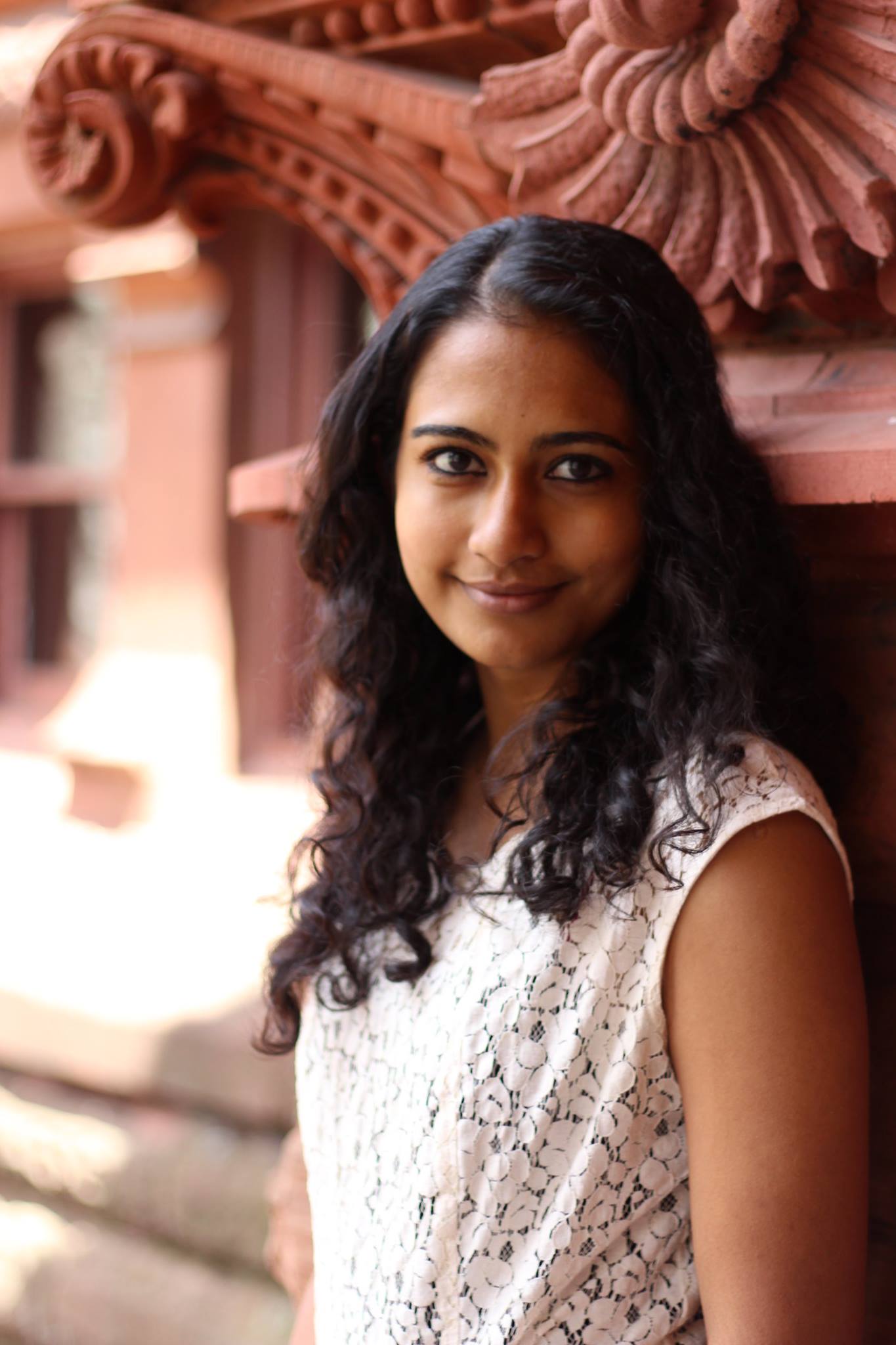Anyone who has watched Indian TV knows that the advertising world is truly, a whole new world, often offering a “new fantastic point of view,” with deeply imaginative, colourful, and even wild expressions. Beauty products, motorbikes, jewelry, spice mixes – all of these become more than just products: they become inhabitants of a fantastic and almost magical realm. And sometimes, these thirty seconds of moving images manage to include a social commentary in their persuasive portrayal. In 2013, Tanishq, the big brand Indian jeweler, did just that.
Directed by Gauri Shinde, the advertisement tells the story of a woman remarrying. As the woman and her soon-to-be husband walk around the pyre in the traditional Hindu custom, the woman’s daughter indicates that she also wants to walk with the couple. The groom then carries the daughter and the three of them walk around the pyre. The advertisement garnered a lot of attention for boldly and unabashedly taking on the topic of remarriage. While remarriage is not uncommon in India, it is not yet widely depicted in popular media in a non-judgmental way as Tanishq did in its advertisement.
In addition to dealing with the topic of remarriage rather boldly, the advertisement also drew attention because the leading actress, Priyanka Bose, is darker than the average Indian woman who is depicted on advertisements. In a society where there is still some premium placed on light skin, this new advertisement by Tanishq was seen as defying accepted stereotypes surrounding the depiction of beauty in the mainstream media.
In an interview with India Today, director Gauri Shinde (who went on to win many awards for her debut feature film English Vinglish), stated that the use of a “dusky” model was not deliberate. “I don’t see these differences between dusky and fair and frankly I personally don’t even want to be part of that debate because I feel there is a complex at play; against the dusky, against the fair. It’s unnecessary. Everyone’s beautiful,” said Shinde.
Shinde raises a very important point here, which is that sometimes, in our haste to uphold the beauty of dark skinned people, we (often unintentionally) end up undermining the beauty of the lighter skinned. We also tiptoe around descriptions of people, using “dusky” instead of saying “dark,” thereby still adhering to the mentality that calling someone “dark” would be an insult. What’s wrong with calling people what they are? Dark or fair, fat or thin? These words by themselves are not insults, but we have created a framework whereby they have developed negative connotations.
Kudos to Tanishq for not defying the unspoken standards in the world of Indian advertisement, and for taking on socially relevant issues that reflect the reality of many Indians.



 I won’t lie. I’ve used Fair and Lovely. I don’t want to make excuses, but it was curiosity that drove me to squeeze that supposedly magical potion out of the tube and rub it on my face. I wanted to see if the claims were true : would I really become so many shades lighter within six weeks?
I won’t lie. I’ve used Fair and Lovely. I don’t want to make excuses, but it was curiosity that drove me to squeeze that supposedly magical potion out of the tube and rub it on my face. I wanted to see if the claims were true : would I really become so many shades lighter within six weeks?